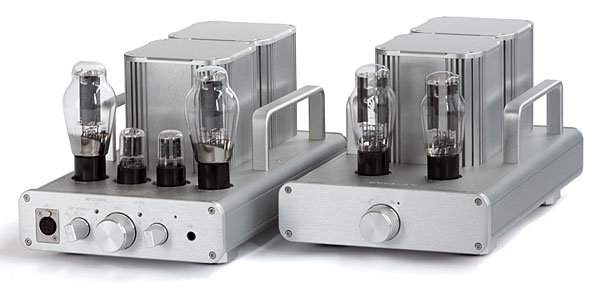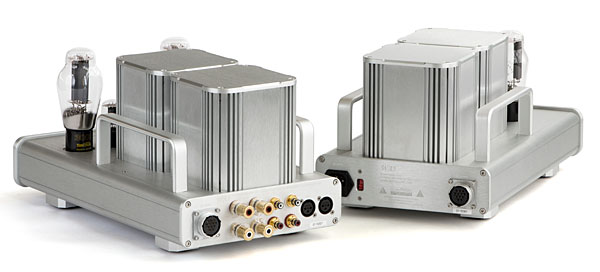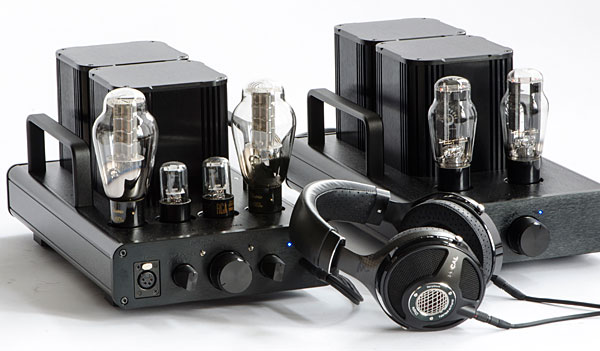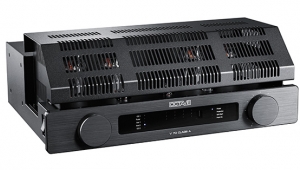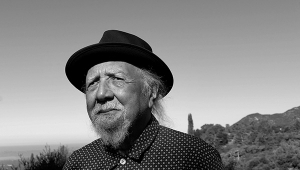| Columns Retired Columns & Blogs |
Actually "Be My Husband" is a feminized version of a prison work song called "Rosie."
Alan Lomax made a recording of it in the field back in the '40s.
https://youtu.be/LOOWcnOrqaA
Was surprised to hear it pop up some time back in the David Guetta song "Hey Mama."
https://youtu.be/uO59tfQ2TbA
se
